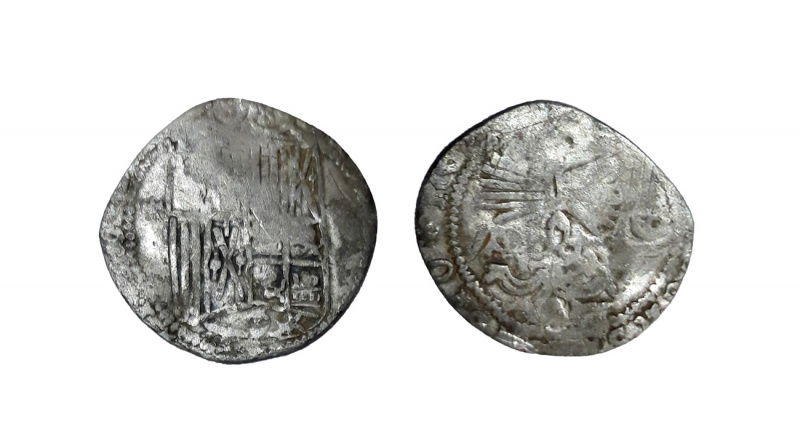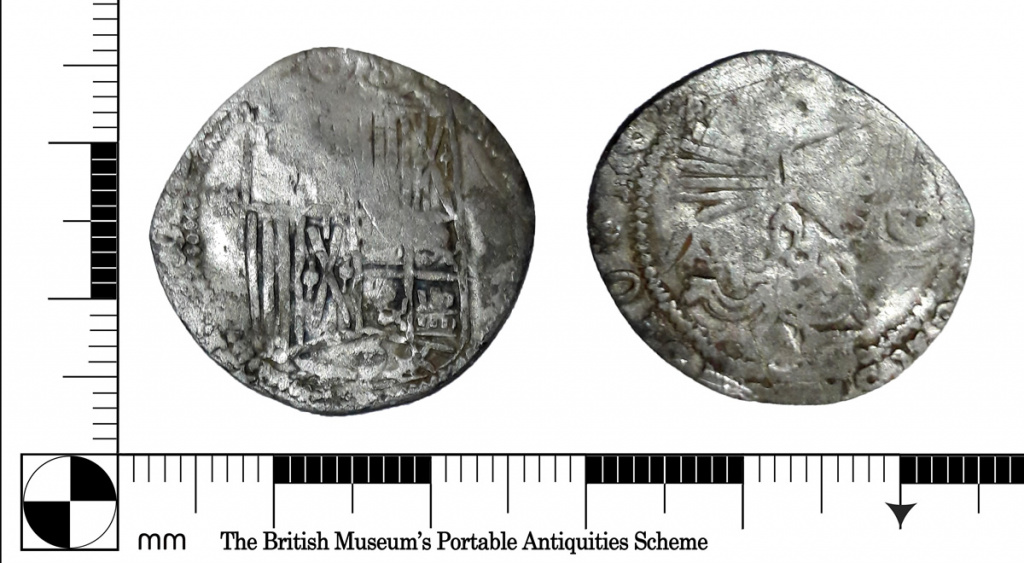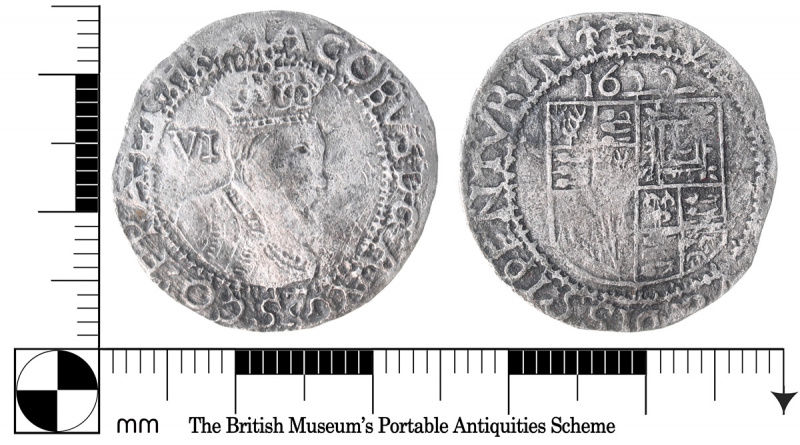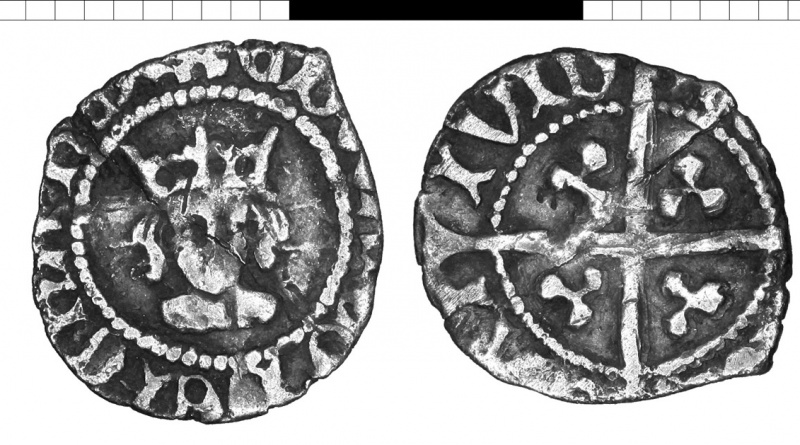PAS Finds: week ended 9 September 2022
PAS Finds: week ended 9 September 2022
My selection of the detecting finds recorded at the PAS in the week ended 9 September 2022.
Featured Find
One Real of Ferdinand II and Isabella
A one real of Ferdinand II and Isabella, known as the “Catholic Kings”. Their reign saw the start of Spain as a nation and its expansion abroad to form the Spanish empire which became the most powerful force in Europe at the time. This in turn lead to the Real becoming the primary international currency.
El Gran Capitán
One of the most important factors in uniting the various crowns of Spain and its expansion overseas was the efficiency of the army under Gonzalo Fernández de Córdoba, known as “El Gran Capitan”. He implemented a new combat unit, the tercio, which no longer needed an armed escort of nobleman and made the Spanish army a dominant force in Europe for more than a century and a half.
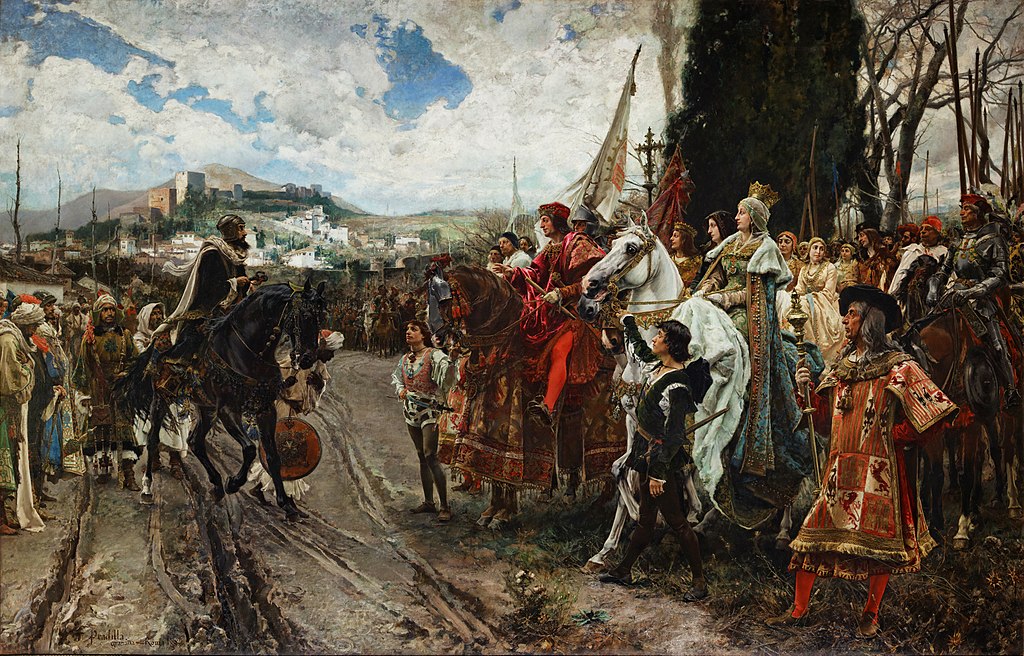
In 1492, he led the successful campaign to capture Granada which led to expulsion of the Muslims and Jews from the Iberian peninsular and the country becoming entirely Catholic.
Christopher Columbus
The year 1492 also saw Christopher Columbus set out from Andalucia on the first of his four voyages across the Atlantic. He was sponsored by Ferdinand and Isabella. This would lead to Spain having a plentiful supply of bullion with which to mint coins. In the mid-sixteenth century this abundant supply of silver coincided with a liquidity crisis in the rest of Europe and the emergence of China as a major trading nation.
Real pragmática de Medina del Campo
In 1497, Ferdinand and Isabella introduced a monetary reform known as the Real pragmática de Medina del Campo which effectively changed the coinage from medieval to modern. The silver coins were so successful that they continued to be minted without any changes for many years after both had died until Philip II approved the Pragmática de la Nueva Estampa on November 27, 1566.
Yoke and Arrows
The reverse shows a yoke and bundle of arrows or in Spanish Yugo y Flechas. These were alliterations for Isabella (Ysabel in contemporary spelling) and Ferdinand and were used to symbolise their union. Later Catholic monarchs would continue to use them on their shields to represent a united Spain.
International currency
All this led to the real being an international currency for many centuries. It was banned in England by Elizabeth I but Reals, including those of Ferdinand and Isabella, have been found in Civil War hoards.

